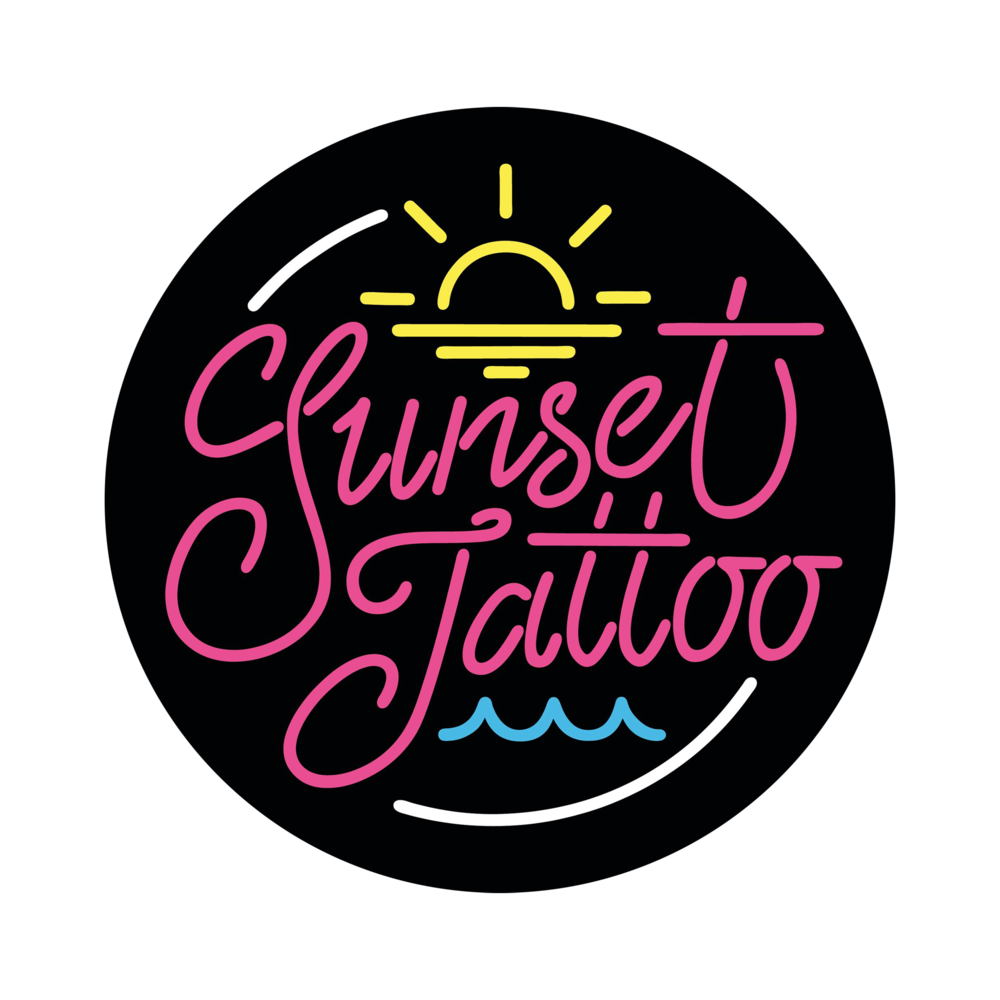Hailing from a remote mountain tribe in the hills, legendary tattoo master Whang-Od was transported (with help from the Philippine Air Force) from her tribal village of Buscalan to Manila for the FAME trade show.
Whang-Od is believed to be the country's oldest traditional tattoo artist, with the centenarian performing her ancient craft of hand-tapped Filipino tattoos at the weekend event.
According to an article in the New York Times, she has been responsible for single-handedly keeping an ancient tradition alive.
Using just a few simple tools (thorns from a pomelo tree, bamboo sticks and coal), she has spent the past 80 fucking years inking not only headhunting warriors and women of her tribe but a new wave of "tattoo tourists" – people who travel to her remote village to be tattoo by her.
Controversy over Whang-Od’s involvement
Many people felt that Whang-Od’s invitation to the event was solely for publicity purposes, and nothing to do with respect.
Thousands of people became angry at a photo of the elderly woman falling asleep at the festival, calling it exploitive and degrading.
"Whang Od is 100, a national treasure. And you made her go to Manila to tattoo 200 people for profit? This is sick and inhumane," said one person on the official site.
The organisers fired back, stating that the institution wanted to support her uniquely traditional art.
"She symbolises the pure talent of Filipinos," organising director Clayton Tugonon said in a statement to the BBC, adding that her invitation was "sought through proper channels", which included village elders and indigenous committees.
Filipino tattoos
The Spanish conquistadors who landed in 1521 dubbed the Philippines the “Islands of the Painted Ones” after the heavily tattooed locals.
The tradition goes back thousands of years, using the familiar “tapping” style; hammering ink into the skin using basic tools and charcoal.
The simple designs are evocative of nature around the country- outlines of centipedes, trees and snakes or basic geometric patterns such as diamonds and squares.





